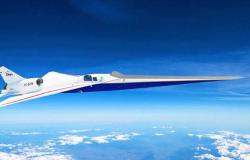Curiosity pulled away from the “Duluth” site yesterday, but given the blocky nature of the “Blunts Point” member and the sand in between those blocks, she did not get far. The drive stopped after only ~8 m, so the rover planners will give it another try today, slightly rejiggering the drive planned yesterday to move among the rocks on the slope back up to the top of the “Vera Rubin Ridge.” The rover was left perched a bit awkwardly on a loose rock and some sand, so contact science was not possible before the drive. Instead, we shot “Ambridge” with ChemCam, a rock broken by the wheels on our drive down to Duluth. We previously acquired a Mastcam multispectral observation on Ambridge from our Duluth parking position; the new ChemCam data will complement the Mastcam data nicely. After the drive, ChemCam will shoot a target autonomously-selected by the AEGIS system. We dedicated a lot of time in the plan to imaging the sky to keep tabs on the ever-changing conditions wrought on us by the current dust storm. In the morning, mid-afternoon and late afternoon, Mastcam will acquire images to measure atmospheric opacity, looking for changes over just a few hours. Navcam will acquire an image to measure atmospheric opacity, and a movie looking for dust devils. Regular REMS and RAD, and both DAN passive and post-drive DAN active measurements round out the activities for the sol.
For Latest Updates Follow us on Google News





